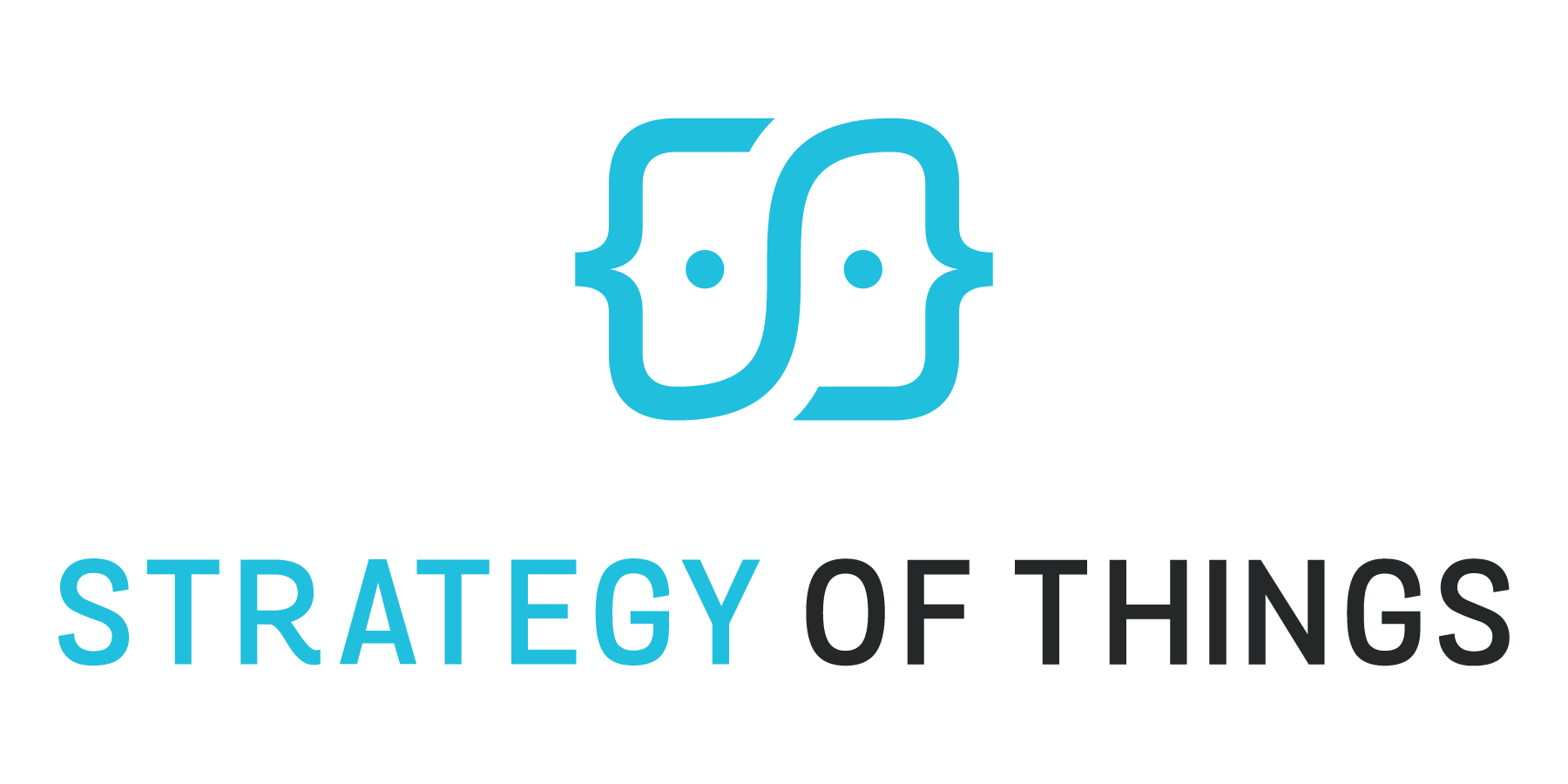The Generative AI opportunity for IoT (Internet of Things) Part One
The use of generative AI for IoT is poised to revolutionize business operations, automation, and decision-making. By combining structured and unstructured data, generative AI for IoT brings new capabilities and intelligence to enhance processing and analysis of operational data.
This article provides business leaders with an understanding of what generative AI for IoT is, and five opportunities that it provides businesses who adopt it.



















